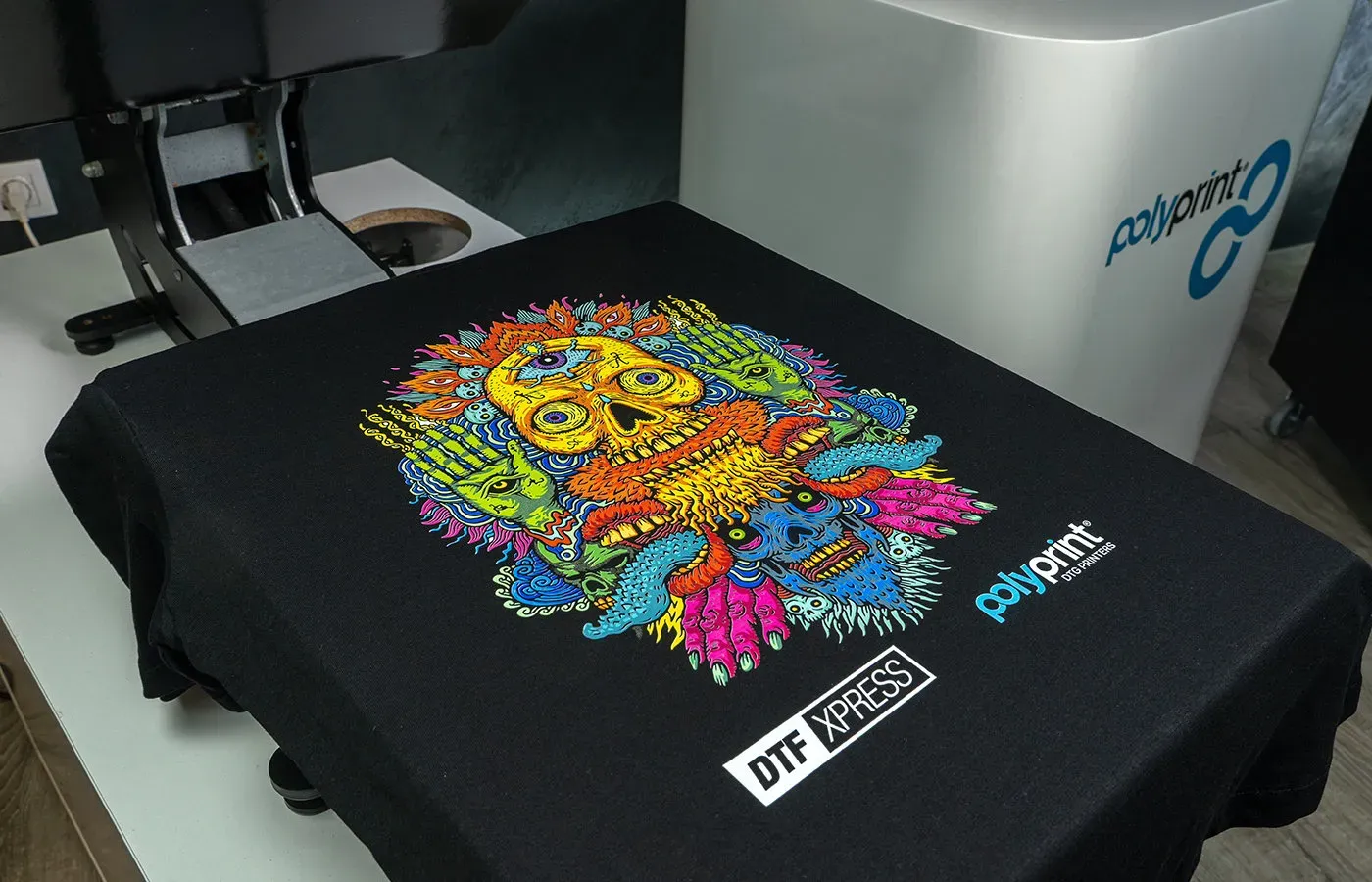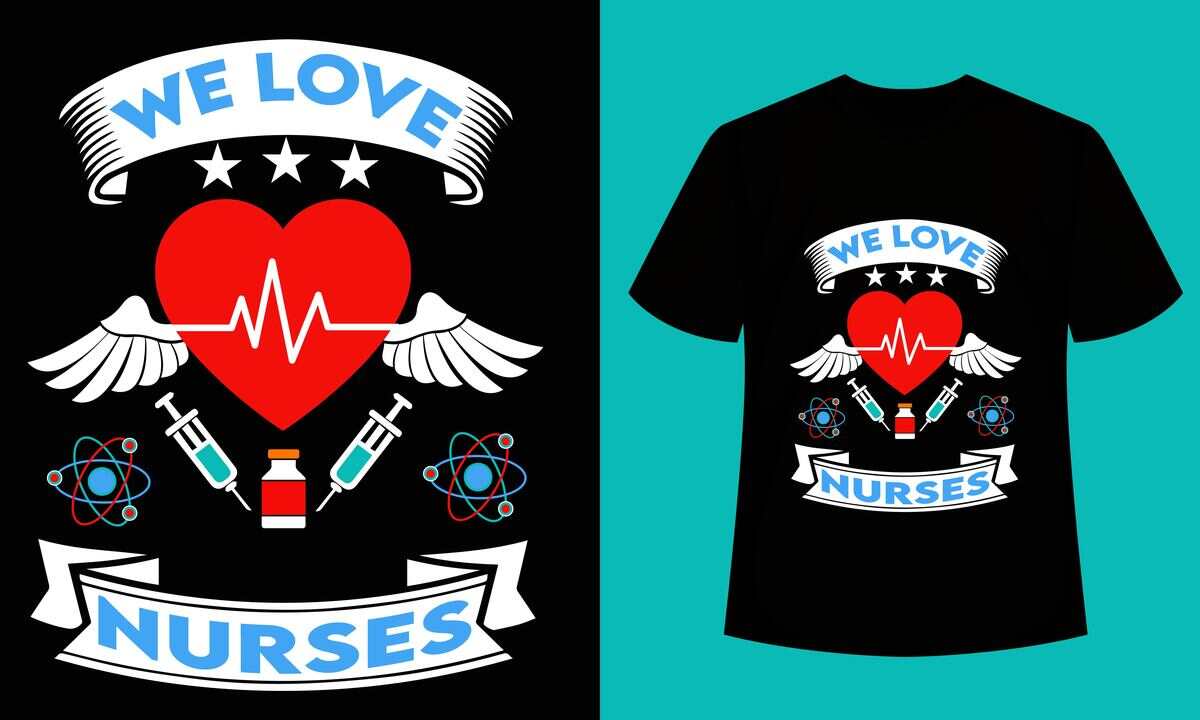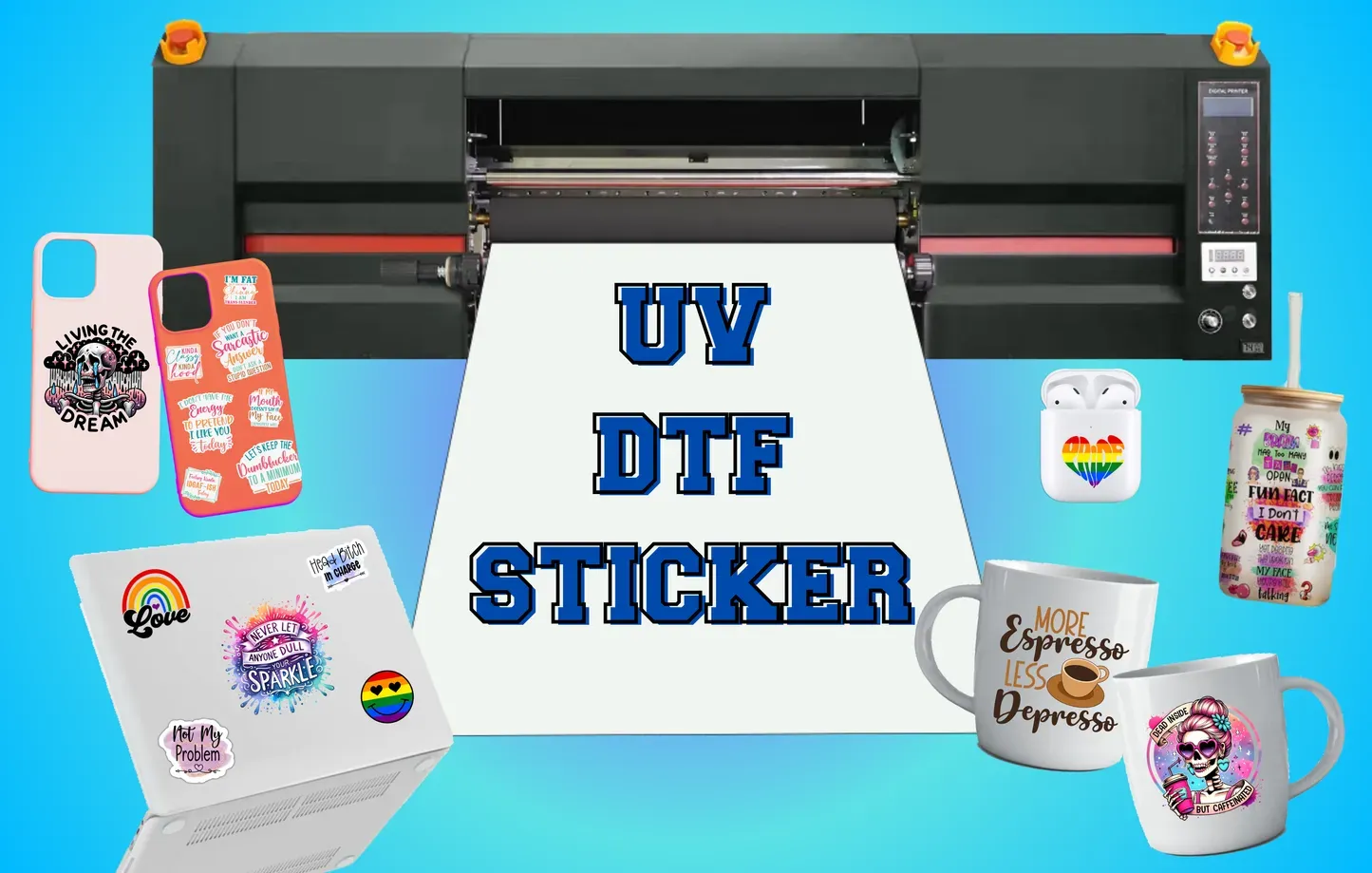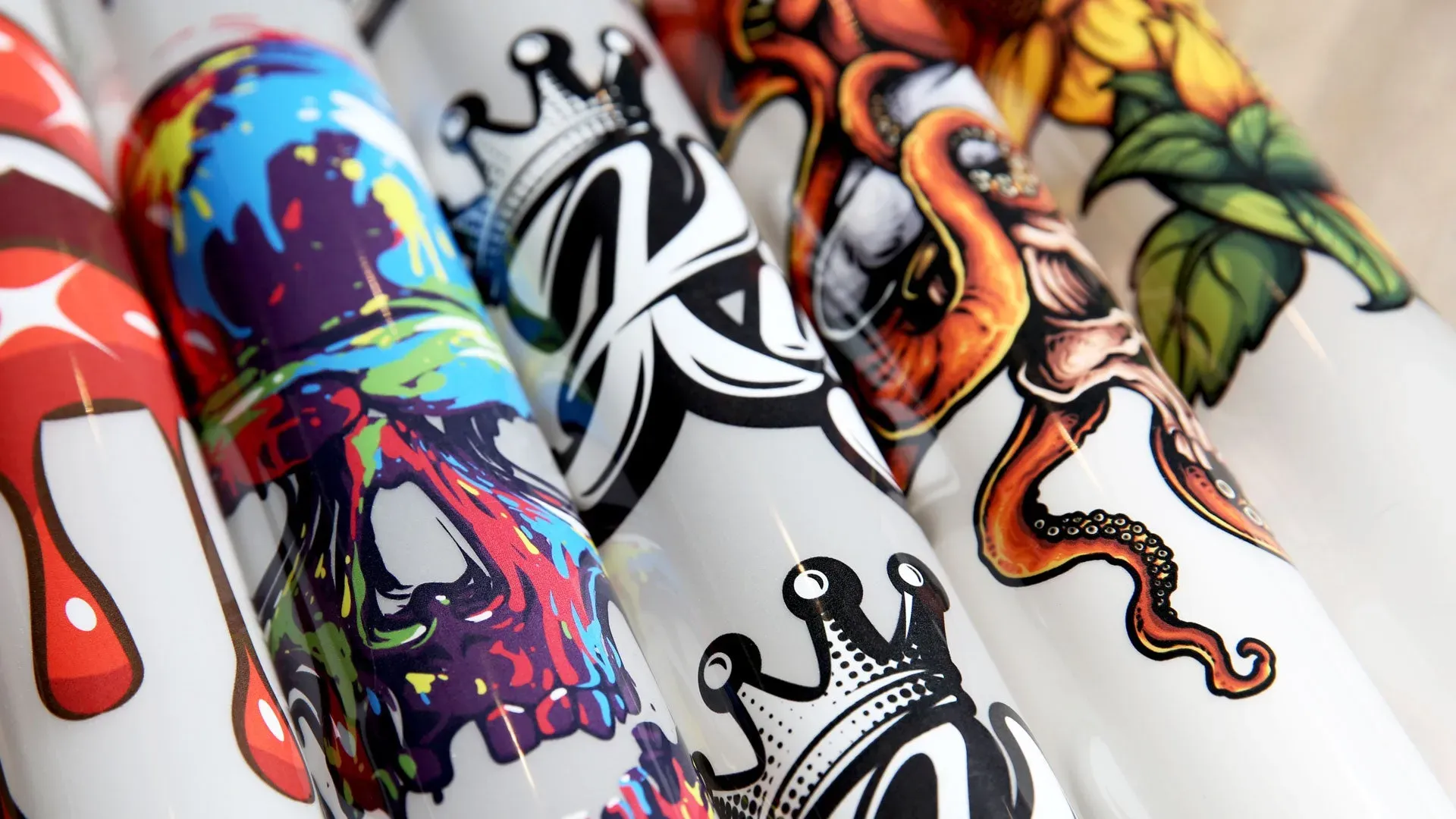DTF Printing: Revolutionizing How We Print Designs
DTF printing, or Direct to Film printing, is at the forefront of cutting-edge printing innovations, reshaping how designs are applied to garments. This advanced method leverages DTF technology to create high-quality, customizable prints that cater to the diverse needs of the apparel industry. With its capability for vibrant colors and intricate details, DTF printing allows businesses to offer personalized garment printing that captivates consumers. The simplicity and efficiency of this digital textile printing process have made it increasingly popular among creators and small businesses alike, who are eager to utilize state-of-the-art tools to enhance their product offerings. In this article, we will delve into the significant advancements of DTF technology and explore its impact on market demand and environmental sustainability.
Often referred to as Direct to Film or DTF printing, this innovative technique is revolutionizing garment decoration by providing quick and efficient solutions for custom designs. Utilizing advanced digital textile printing methods, this process allows for intricate prints to be seamlessly transferred onto various fabrics. As the market increasingly shifts toward personalized apparel, this technology stands out for its ability to meet high consumer expectations and preferences. DTF technology empowers businesses, especially small enterprises, by offering a streamlined approach to custom garment printing without the burdens of expensive setup costs. In exploring this topic, we will examine the growth potential and environmental implications associated with the adoption of these printing innovations.
Understanding DTF Printing Technology
Direct to Film (DTF) printing is a state-of-the-art technique that bridges traditional screen printing and digital processes. This versatile printing method uses specially coated film to transfer designs directly onto fabrics, resulting in sharp, detailed prints that remain vibrant even after multiple washes. The DTF process allows users to create high-quality prints on a wide variety of materials, including cotton, polyester, and blends, making it suitable for custom garment printing across diverse applications.
One of the key advantages of DTF technology is its ability to produce intricate designs without the need for extensive setup or specialized equipment. In contrast to traditional screen printing, which can be labor-intensive and time-consuming, DTF printing streamlines production and minimizes waste. This efficiency not only translates into cost savings for printers but also allows for quicker turnaround times, making it an appealing option for businesses looking to meet the growing demand for personalized apparel.
The Rise of Custom Garment Printing
The surge in popularity of custom garment printing reflects a shift in consumer preferences towards unique and personalized items. DTF printing plays a crucial role in this trend, providing businesses with the capability to offer customized solutions to their clients. Whether it’s a small batch of unique t-shirts or large orders for promotional events, DTF technology allows for a high level of customization while maintaining high print quality.
Furthermore, the ease of use associated with DTF printing systems enables small businesses and entrepreneurs to enter the custom printing market without incurring significant startup costs. With increasingly accessible DTF printers and transfer materials, even those with limited experience can successfully create eye-catching designs. This democratization of design technology has empowered more individuals to express their creativity and entrepreneurship, contributing to the booming custom apparel industry.
Environmental Benefits of DTF Printing
As the world becomes more environmentally conscious, the printing industry is seeing a push towards greener practices. DTF printing stands out for its ability to reduce waste compared to conventional methods such as screen printing. Traditional printing processes often result in leftover inks and materials, whereas DTF technology uses precision printing techniques that minimize waste.
Moreover, DTF printers utilize water-based inks, which are less harmful to the environment than solvent-based alternatives. This eco-friendly approach resonates with consumers who are increasingly prioritizing sustainable practices when selecting brands. By adopting DTF technology, manufacturers not only enhance their production efficiency but also align themselves with the growing demand for environmentally responsible practices in the textile industry.
The Impact of DTF on Small Businesses
With the advent of compact DTF printers, small businesses now have the opportunity to leverage advanced printing technology that was once limited to larger operations. For instance, the introduction of the A3 DTF printer enables entrepreneurs to produce high-quality prints without needing expansive workspaces or significant initial investments. This breakthrough fosters a spirit of innovation and creativity amongst small business owners who can now bring their design ideas to fruition.
DTF printing technology presents not only practical benefits but also supports the artistic visions of small creators. As they establish their brands with unique printed apparel, these entrepreneurs contribute to the diversity of the marketplace, enriching consumer choices. This shift makes DTF a driving force for SMEs, allowing them to compete in a landscape that increasingly values individuality and craftsmanship in custom garment production.
Education and Learning in the DTF Space
The growth of DTF printing technology has spurred the availability of educational resources aimed at helping both novices and experienced printers understand the nuances of this innovative process. Various tutorials, webinars, and instructional videos provide insights into the operational aspects of DTF printing, from selecting the right materials to mastering design software. These resources are essential for individuals looking to enhance their skills and knowledge in this burgeoning field.
Moreover, this emphasis on education encourages individuals to explore the creative potential offered by DTF technology. As users become more proficient with the technique, they can unlock new opportunities for artistic expression in garment printing. In turn, this ongoing educational effort helps to establish a community of creators who share best practices and innovative ideas, further driving advancements in DTF and digital textile printing.
Future Innovations in DTF Printing
The field of printing technology is constantly evolving, and DTF printing is no exception. Innovations in DTF technology are anticipated as manufacturers continue to refine their equipment and processes, leading to improved print speeds, enhanced print quality, and greater versatility in applications. As new inks and materials are developed, printers can expect even more opportunities to explore creative designs that push the boundaries of garment decoration.
Furthermore, advancements in digital technology, such as AI and automation, are set to impact DTF printing. These technologies could streamline workflows, reduce production times, and enhance customization options for users. As the market continues to grow, the integration of these innovations will ensure that DTF remains at the forefront of printing technologies, catering to the evolving demands of consumers and businesses alike.
Frequently Asked Questions
What distinguishes DTF printing from traditional garment printing methods?
DTF printing, or Direct to Film printing, utilizes a special film and adhesive that allows for easier application of designs onto various fabrics. Unlike traditional methods such as screen printing, DTF technology offers vibrant colors, detailed prints, and faster production times. This innovation enhances the overall printing experience, making it an appealing choice for contemporary custom garment printing.
How does DTF technology promote sustainability in textile printing?
DTF printing is recognized for its environmentally-friendly practices. Digital textile printing methods, including DTF, produce less waste compared to traditional screen printing processes. By minimizing waste and utilizing less harmful chemicals, DTF technology addresses consumer concerns about sustainability, making it a responsible choice for businesses in the custom garment printing industry.
Can small businesses benefit from adopting DTF printing?
Absolutely! DTF printing technology has made advanced printing solutions accessible to small businesses through compact and affordable printer options. For instance, the A3 DTF printer allows entrepreneurs to enter the print-on-demand market with lower startup costs. This democratization of DTF technology enables creatives to produce custom designs without the financial burden of traditional printing methods.
What are the advantages of using DTF heat transfers for garment decoration?
DTF heat transfers offer several advantages, including high durability, vibrant color reproduction, and versatility on different fabric types. This printing innovation allows for quick and efficient production, making it ideal for businesses that require personalized apparel or varied print runs. DTF heat transfers also simplify the process, reducing the complexity usually associated with other custom garment printing techniques.
How is DTF printing revolutionizing custom apparel design?
DTF printing is revolutionizing custom apparel design by enabling personalized printing at scale. With its ability to produce unique designs on demand, DTF technology meets consumer demands for individuality in fashion. This method supports businesses in responding to market trends efficiently, enhancing their competitiveness by offering bespoke and custom options without excessive wait times.
What resources are available for learning about DTF printing?
Those interested in exploring DTF printing can find various educational resources, including instructional videos, guides, and online courses. These materials are designed to introduce newcomers to the DTF printing process, covering technical aspects and creative possibilities. By leveraging these resources, aspiring printers can better understand DTF technology and how to implement it effectively in their custom garment printing endeavors.
| Key Points | Details |
|---|---|
| Advancements in DTF Technology | Insta DTF heat transfers offer vibrant and durable prints, improving efficiency and reducing production time. |
| Growing Market Demand | The rise in consumer preference for personalized items drives the demand for custom apparel; platforms like Snuggle’s enable affordable printing. |
| Market Share and Environmental Impact | DTF printing produces less waste compared to traditional screen printing, aligning with environmental concerns of consumers. |
| Accessibility for Small Businesses | Compact DTF printers allow small businesses to enter the print market without high startup costs. |
| Educational Resources | Various instructional materials are available to help newcomers understand DTF printing. |
Summary
DTF printing is revolutionizing the way designs are created and printed, paving the way for enhanced personalization and efficiency. This innovative technology not only allows for vibrant colors and durable prints but also minimizes waste, contributing to a more sustainable printing industry. As the demand for customized apparel rises, DTF printing stands out as an accessible solution for both established businesses and budding entrepreneurs alike. Furthermore, the growth in educational resources ensures that anyone interested in this process can easily get started, thus fostering a creative and dynamic environment in the textile and apparel market.





